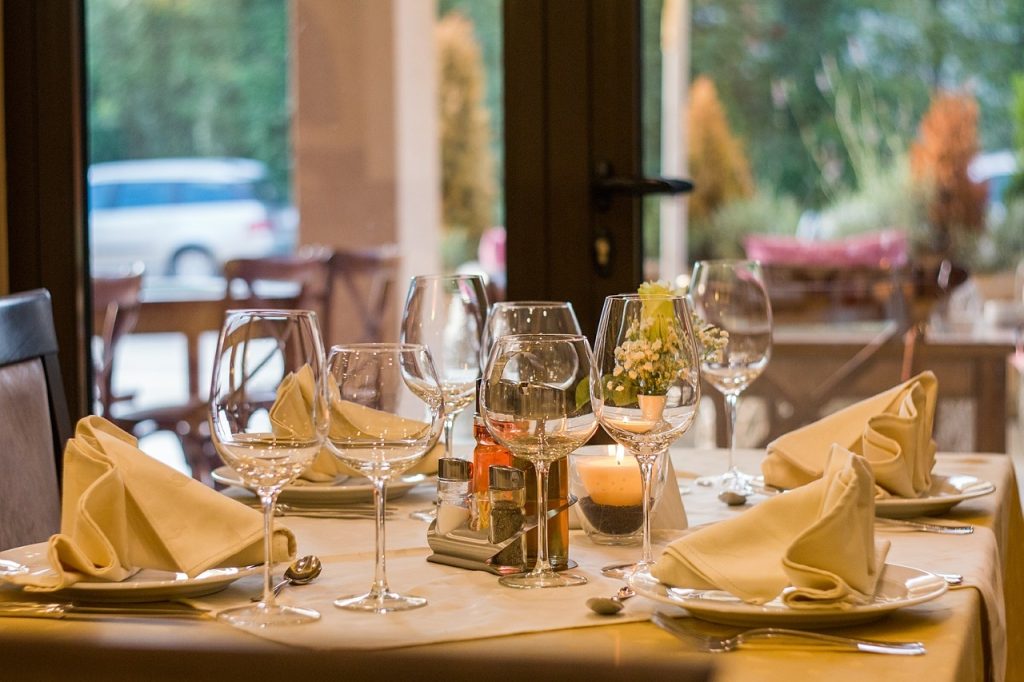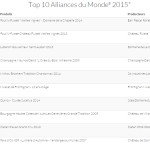Written by Daniela Karamarić, sommelier of Plavi Podrum restaurant
A dear friend of mine, a banker, likes to say in times of crisis: “You see, money never disappears, it’s only a question who has it.” A veritable truth which has reflected on the consumption of wine in Croatian restaurants. Those whose money “did not disappear,” but are aware of the situation, show an increased yearning for local, indigenous and terroir oriented Croatian wines with an international stance. More precise and better wines are chosen. And that huge desire from the beginning of the century to discover foreign wines of high category has been drastically reduced.
It’s not just about finances. There is an impression of a mental crisis setting in, which has increased the desire for domestic, familiar scents and tastes. Business people are still the highest quality consumers of fine wines in Croatia. I cannot speak in general as I do not have an idea of the entire scene, but the wine list in Plavi Podrum is dominantly Croatian, and the rest are wonderful international wines mostly from the Old World, maximally trendy, but with global classics.
My rule is not to offer wines above 400 kunas per bottle. Croats are revisiting hard liqueur as aperitif. No matter how much we sommeliers insist on sparklings and champagnes, the mistletoe brandy is by far the most popular. Tomac is the most popular sparkling brand in Croatia, trailed by Peršurić and Šember. Champagnes are consumed, but mostly by the glass. Plavi Podrum’s most popular variety is Istrian Malvazija, which is logical. It is local, mineral, salty and mostly dry to the bone, which goes exceptionally well with mineral and salty sea tastes of our dishes.
Reductive Malvazijas have begun to look alike and it is lucky other styles have appeared, macerated or aged in wood, so standard Malvazijas will not grow boring. The sale of Slovenian wines had been drastically reduced, aided by the political situation. Simčič, Jakončič and Gomila are still the favourites, despite the situation. At large celebrations Burgundy and Champagne are the norm. We dominantly sell white wines, but in winter time there is more demand for something red in the glass. Plavac varieties have long lost their pole position. Croats love Plavac Mali, but the too high price of the best versions turns consumers away. I cannot recall when someone ordered a bottle of Dingač! Teran is popular, Benvenuti, Coronica, Arman, but also Krauthaker’s red wines. High predicates have their faithful followers.
With foreign guests the situation is different. They love to taste local wines, but also stick to global classics. Italians are a phenomenon, although they are great connoisseurs of high gastronomy and appreciate “live” fish and seafood above all, they can be rational about wine and very often choose the house wine. Caterers don’t have it easy. A rich wine list is a hefty financial item, demanding a storage space, never enough wine coolers, as well as expensive wine glasses. Whenever you think wine is expensive in a restaurant, remember that a quarter of the price is VAT, half is the purchase price, and the remaining quarter is our salary, taxes and fees, heating, telephone, water and power… just staying afloat. Cheers!
Translated from Plava Kamenica.












